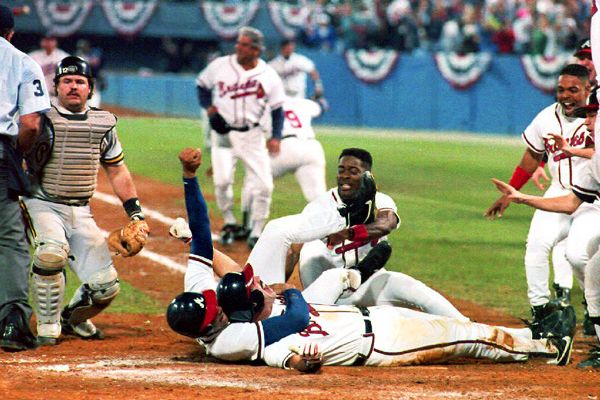The Declining Importance of Law Reviews
“I haven’t opened up a law review in years,” said Chief Judge Dennis G. Jacobs of the federal appeals court in New York. “No one speaks of them. No one relies on them.”
Lots for the money-law crowd to talk about here. Of course, I continue to believe that law reviews are a good gauge of the intellectual climate of their parent law schools.The assembled judges pleaded with the law professors to write about actual cases and doctrines, in quick, plain and accessible articles.
“If the academy does want to change the world,” Judge Reena Raggi said, “it does need to be part of the world.”
To an extent, her plea has been answered by the Internet. On blogs like the Volokh Conspiracy and Balkinization, law professors analyze legal developments with skill and flair almost immediately after they happen. Law professors also seem to be litigating more, representing clients and putting their views before courts in supporting briefs.
UPDATE: Not surprisingly, everyone is talking about this article on the net and in Tuscaloosa. Our friends over at els blog and at tax prof are talking about the New York Law Journal version of the story. At our Federalist Society talk today, several people asked me about the article. I detect satisfaction among some with the hypothesis that academics have marginalized themselves by writing on esoteric subjects.
So that set me to thinking, how might we test whether it's changes in the academy or changes in the judiciary or both that account for the decline in judicial citations to law reviews. I thought that perhaps we could use a treatise as a benchmark. If there have been changes over time in citation practices, that might tell us something. And so I ran a simple search in the westlaw allstates file, Powell /9 "Real Property", from 1980, 1990, and 2000. There's been some surprising changes over time. In 1980, there were 71 hits; in 1990, 57, and in 2000, 35. So there's been a decline in citations. (I need to know more than I do about the database, but my sense is that the number of reported decisions has been increasing over those years. I also know that the Cardozo Law Review study was concerned with federal court citations of leading law reviews--but I was looking for a quick test of my hypothesis and looking for Powell citations in the F.2d and F.3d wouldn't make a lot of sense.) Based on this admittedly tiny sample, looks like some of what's changing is that judges are looking less to academic work--even academic work that's very attentive to doctrine.













2 Comments:
Al: I was wondering if you could say how the distinction between journal citations and judicial citations fits into your analysis. J
Jeff--thanks for asking about the difference between journal citations to journals and court citations to journals. There's a substantially higher correlation between journal citations to journals and schools' US News peer assessment scores than between court citations to journals and US News peer assessment. In short, I think citations by journals is a better measure of a school's perceived quality than citations by judges. Why? Perhaps lower ranked law reviews are more interested in practical scholarship than higher ranked reviews.
This is worth some thought, as well as some investigation of which articles get cites by judges. When I started to look into this a while back, articles on state procedure (like standards of review) were real winners. There's been some good work--I think by Debbie Jones Merritt in Chicago Kent Law Review from the mid-1990s--comparing which articles courts cite and which ones journals cite. As I recall, there isn't much overlap.
Post a Comment
<< Home